Ballota nigra
Black Horehound (Ballota nigra) looks similar to stinging nettles, though is not related to it but to the deadnettles (Lamium). It belongs to the Lamiaceae family.
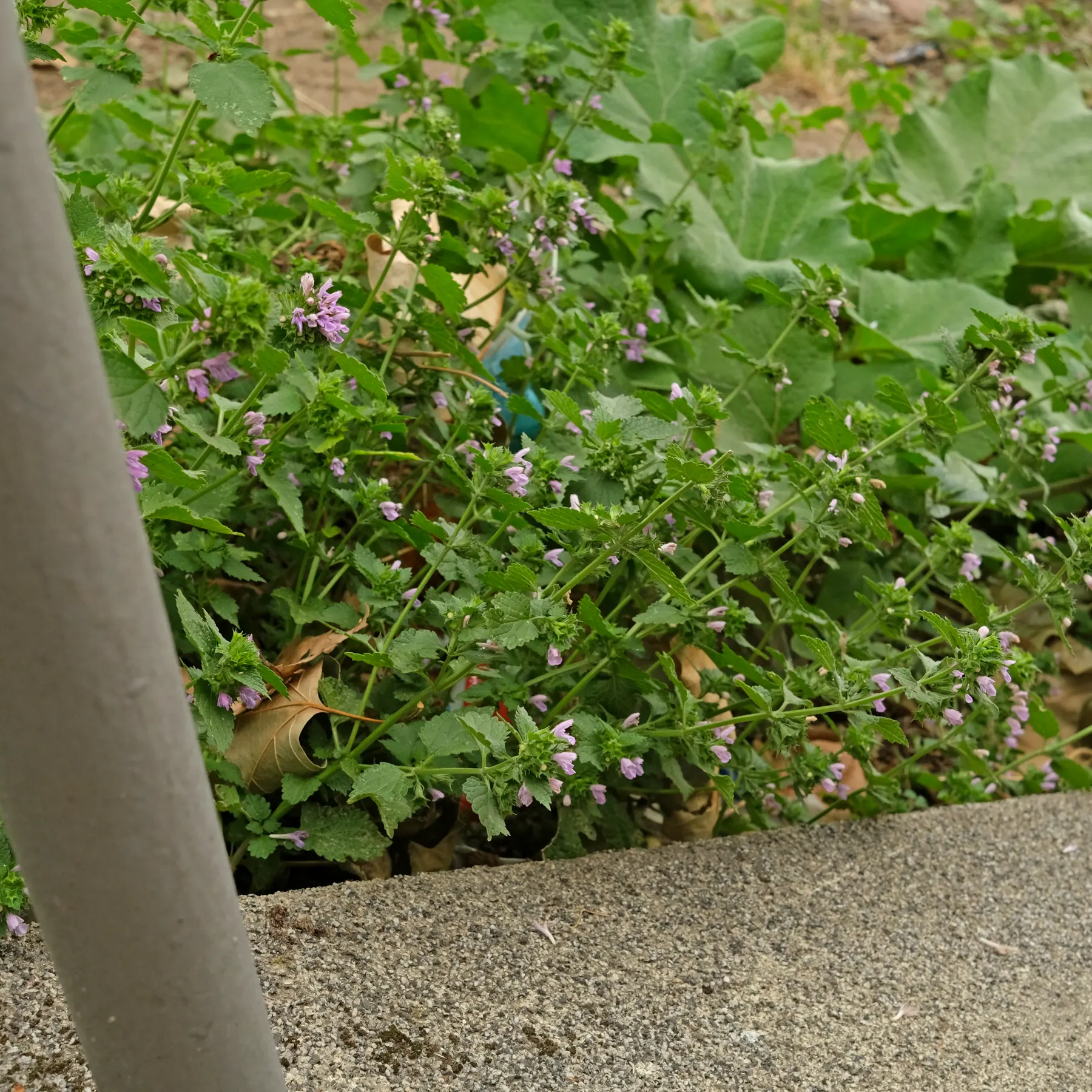
In locations with good water and nutrient supply, the perennial plant can grow up to one metre high. It flowers from late May/early June until October.

In urban areas, Ballota nigra can be found along paths, steps, walls and in parks. It can also grow between paving stones and tolerates dry soil.
Other habitats it uses are embankments and dams. It can cope with sunny to semi-shady sites.
The flowers of the Black Horehound are pollinated by bumblebees and other wild bees.
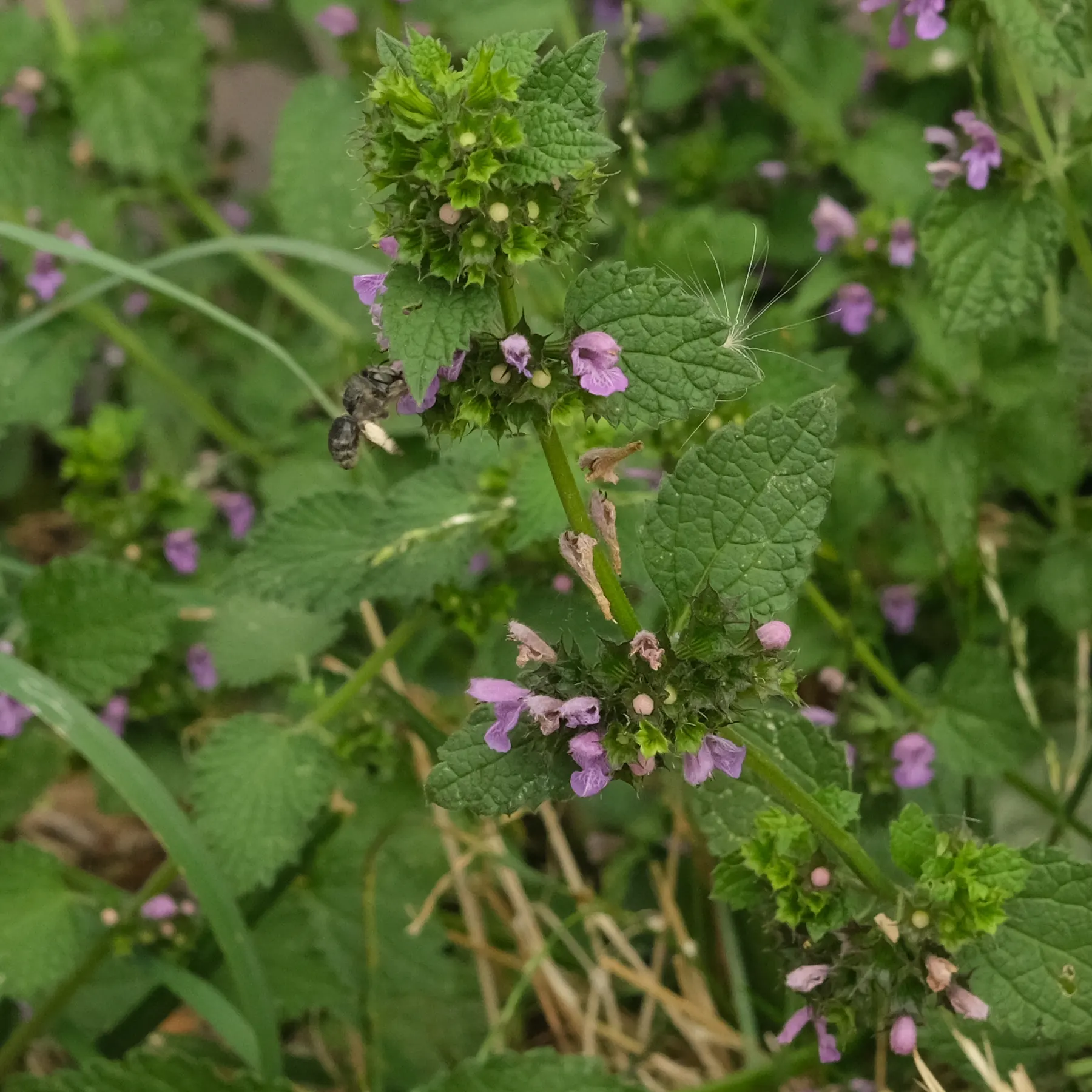
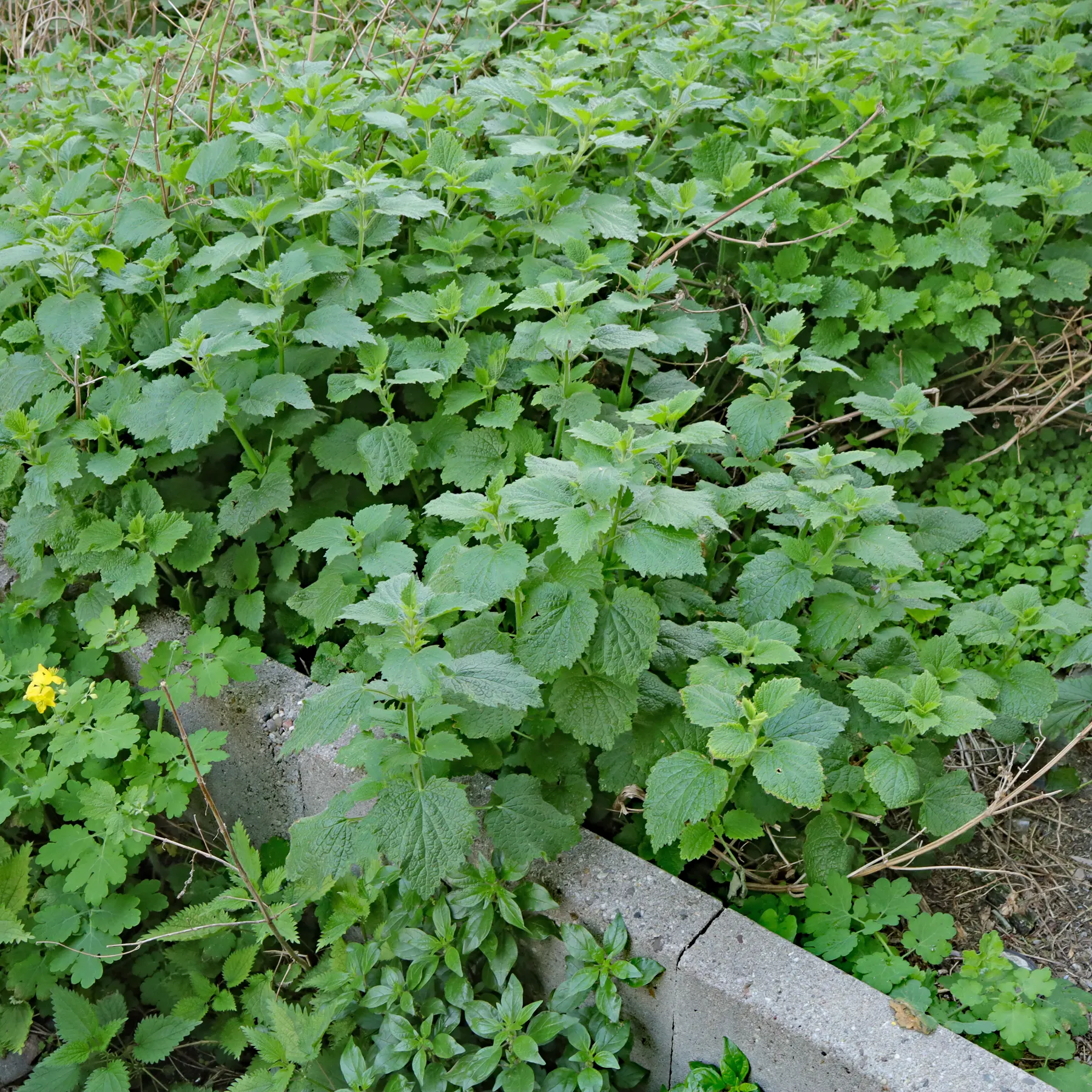
Categories:
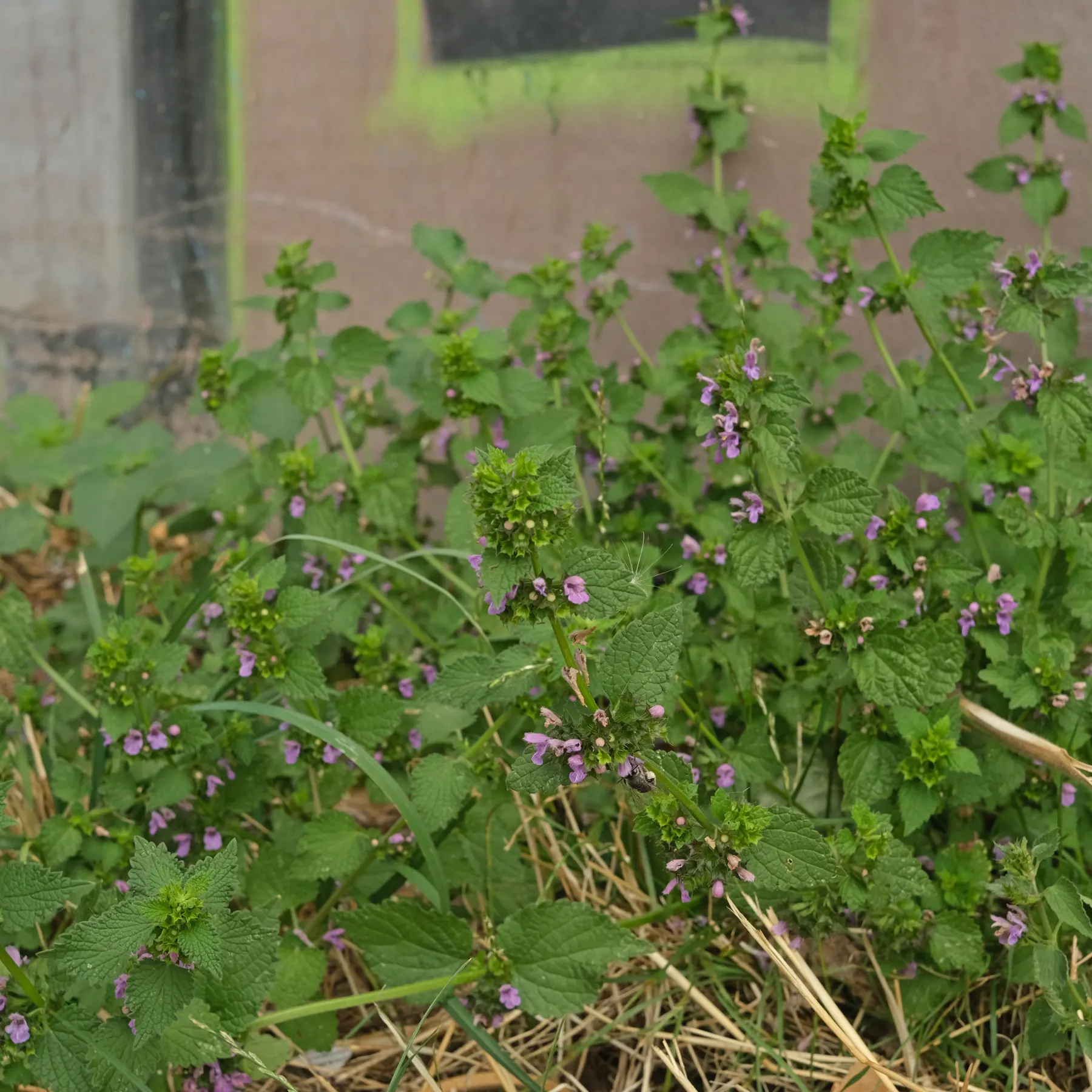
 Basil: a brief introduction
Basil: a brief introduction 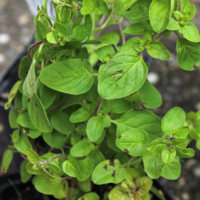 How to grow and care for Oregano
How to grow and care for Oregano  “Maculata” plants
“Maculata” plants 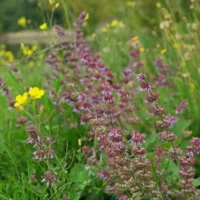 Sage: a brief introduction
Sage: a brief introduction 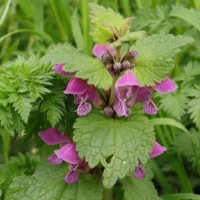 Spotted Dead-Nettle
Spotted Dead-Nettle